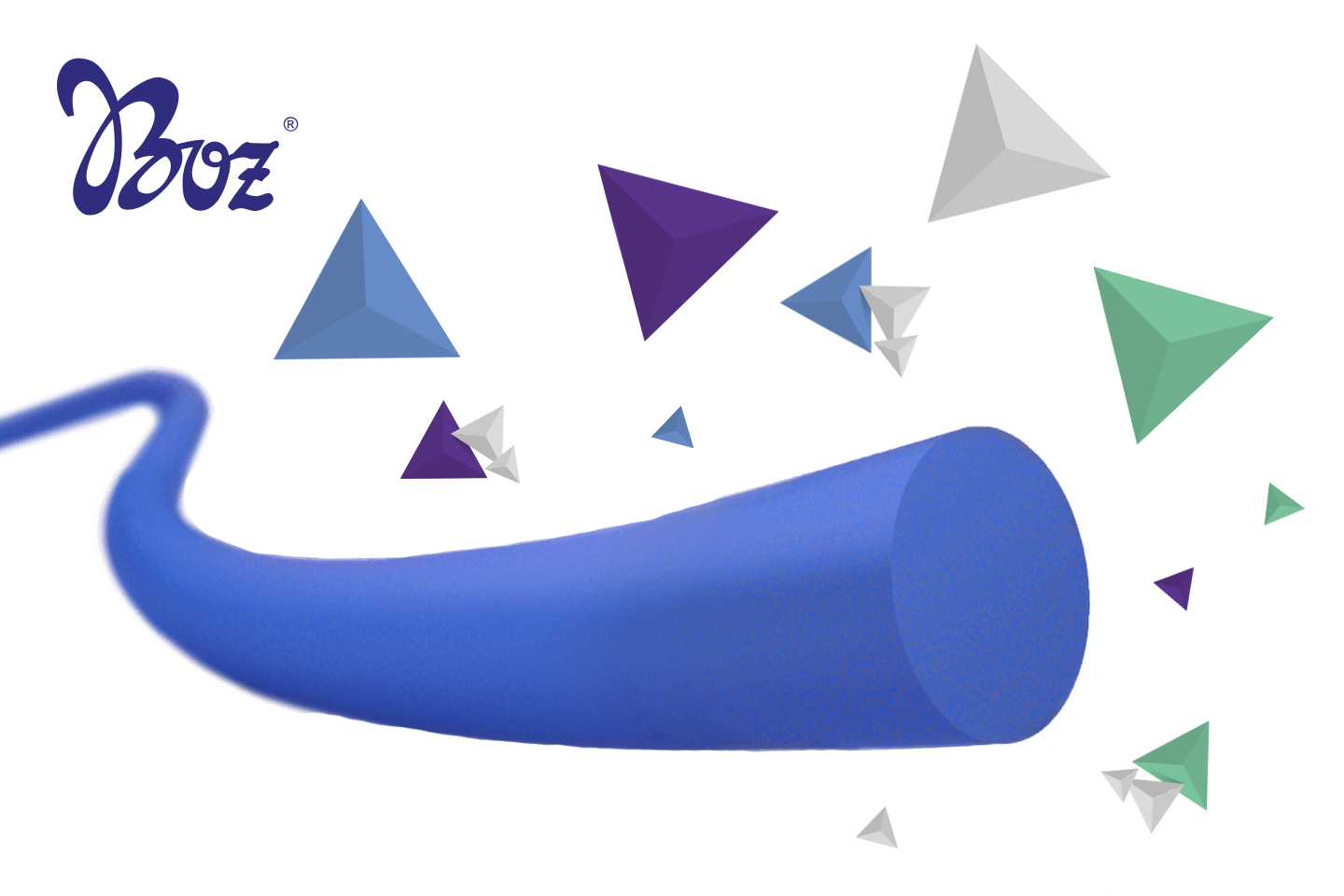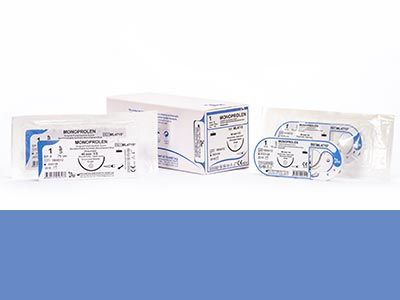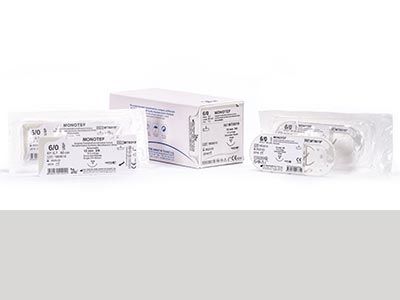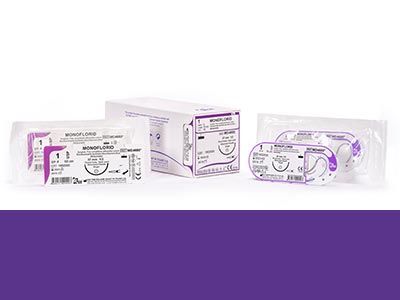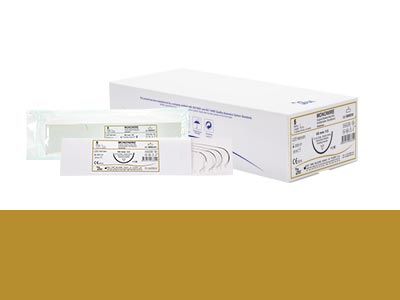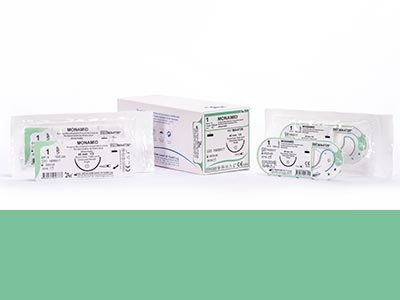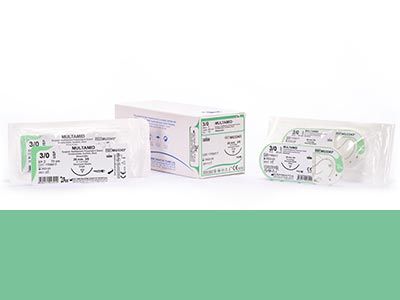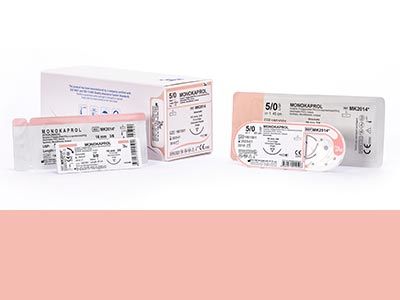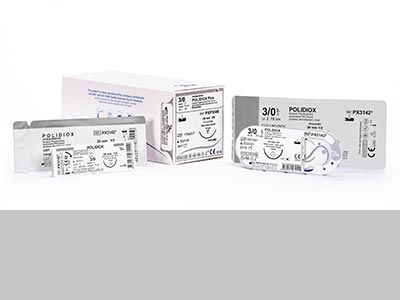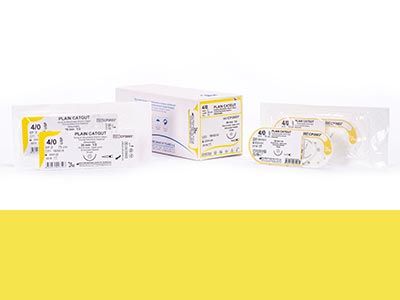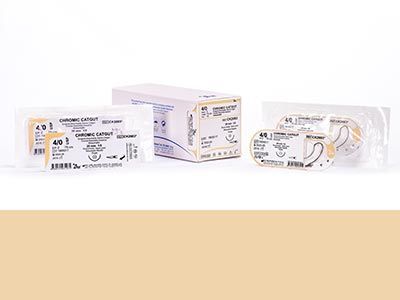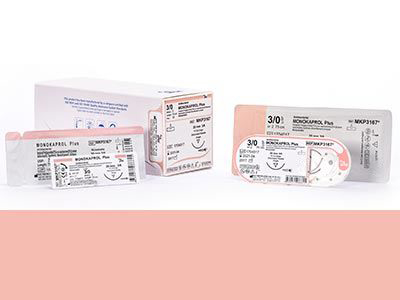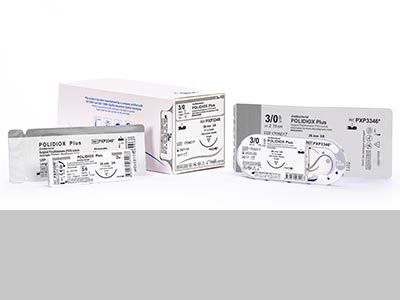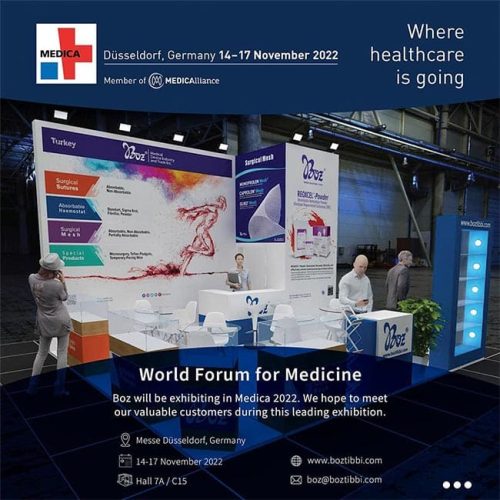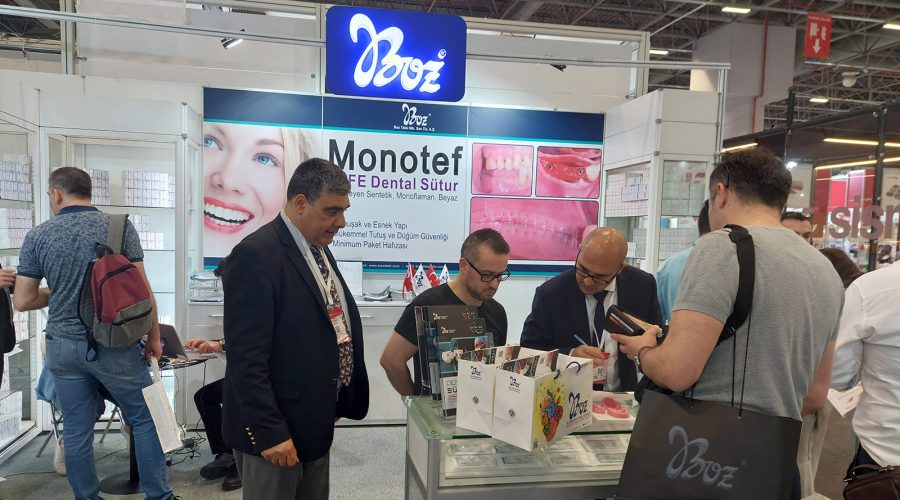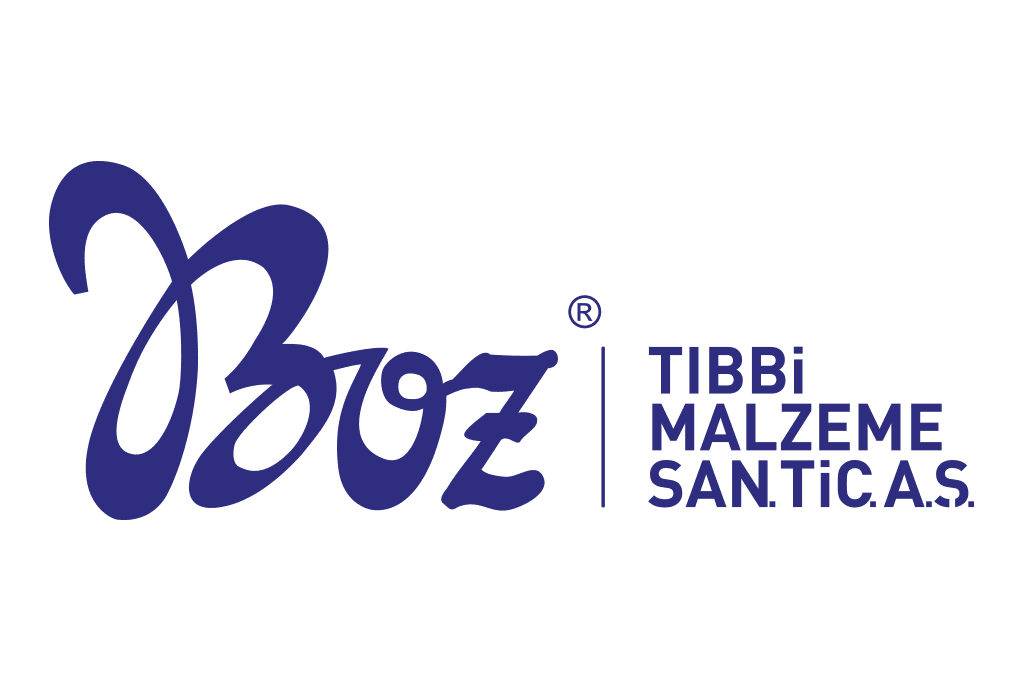Any surgical filaments used for connecting or stitching blood vein ligation or tissues is called suture and the name of this term comes from Latin. Surgical sutures are divided into two groups as absorbable and non-absorbable sutures as well as monofilament and multifilament sutures. In this article, we will answer what is monofilament suture, what are the advantages and disadvantages, where are these sutures used and what are the structural properties?
What Are The Monofilament Suture Usage Areas?
Monofilament sutures are often used for open wounds such as contaminated wounds and irregular, uneven, recessed wound; traumatic wounds caused by a crushing tool or blunt trauma as well as for cosmetic purposes. (3, 4)
What Are the Advantages of Monofilament Sutures?
Monofilament sutures consist of single filament (twist), are not braided such as multifilament sutures, can easily pass from tissues due to low friction due to smooth texture as it consist of a single filament, causes minimum tissue trauma and causes less reaction. Since these are not braided, there are no gaps for bacteria formation and therefore, the risk for microbial colonization is extremely low. (1) Monofilament sutures with natural or synthetic structure have polypropylene, PDO, stainless steel wire and natural silk structure.
What Are the Disadvantages of Monofilament Sutures?
Since monofilament sutures consist of a single-row material, they have simple structure and have lower resistance. To give more detail, they have low know safety and lose most of their tension when help with a tool. When absorbable and non-absorbable types are compared, the half-life and resistance might differ. (2, 3)
What Is The Chemical Structure of Non-Absorbable Monofilament Sutures?
As mentioned above, non-absorbable monofilament sutures have polypropylene, PDO, stainless steel wire and natural silk structures. The materials in the chemical structures are synthetic linear polyolefin, polyvinylidene difluoride polymer, Nylon 6 or Nylon 6,6 or 100% Polytetrafluoroethylene consisting of from the stereoisomer of the isotactic crystal of polypropylene. An organic polymer called fibroin is in natural types. Stainless steel wire version is preferred for orthopaedic procedures such as abdominal wound closure, hernia or tendon operations.
What Is The Structure of Absorbable Monofilament Sutures?
As the name suggest, absorbable monofilament sutures are absorbed by the body within a certain time and disappear in the tissue; although the absorption time differs, the absorption duration is longer than braided multifilament sutures. The synthetic materials in the chemical structure are glycolide, co-caprolactone and 100% polydioxanone. The types that use animal-based raw materials use purified sheep small intestine submucosal fibrosis tissue.
What Is The Structure of Antibacterial Absorbable Monofilament Sutures?
The chemical structure of the antibacterial sutures that underwent a special sterilization process to avoid bacteria colonization on the sutured tissue when the tissues with surgical intervention is antibacterial due to Broad spectrum antibacterial agent chlorhexidine diacetate (CHA) with not more than 60mg/m2 in the chemical structure.
Bibliography
(1) Dereli, T . “SÜTÜR MALZEMELERİ VE SÜTÜR TEKNİKLERİ”. Güncel Dermatoloji Dergisi 1 (2016 ): 24-33
(2) Öğr. Gör. Öznur Özdinç (Gaziantep Üniversitesi): Ameliyat İpliklerinin Özellikleri | Properties of Suture Materials
(3) Şerife Daylan (Ankara Numune Eğitim ve Araştırma Hastanesi, Ankara – 2018): Sütur Materyalleri ve Diğer Kapatma Malzemeleri
(4) Prof. Dr. Sevgi ARAS (AÜTF – Geriatri Bilim Dalı): Yara Nedir? Tipleri, Evrelendirme

